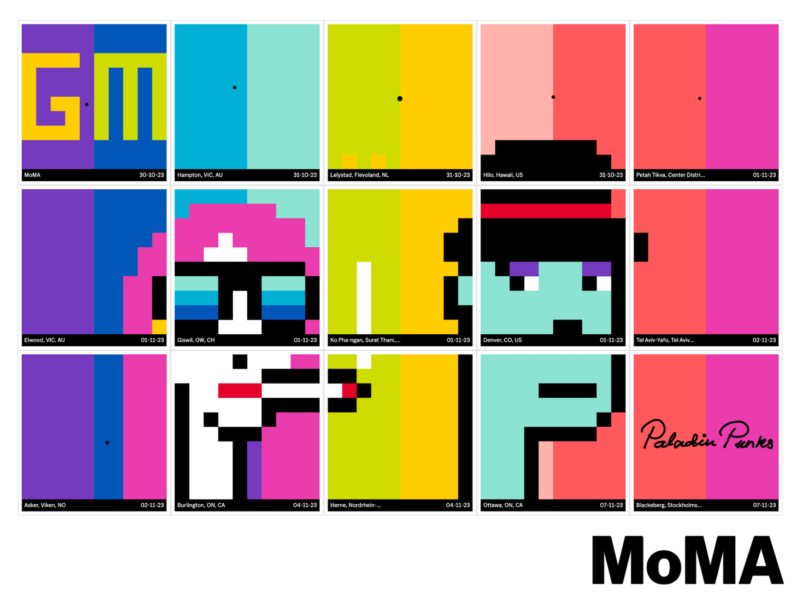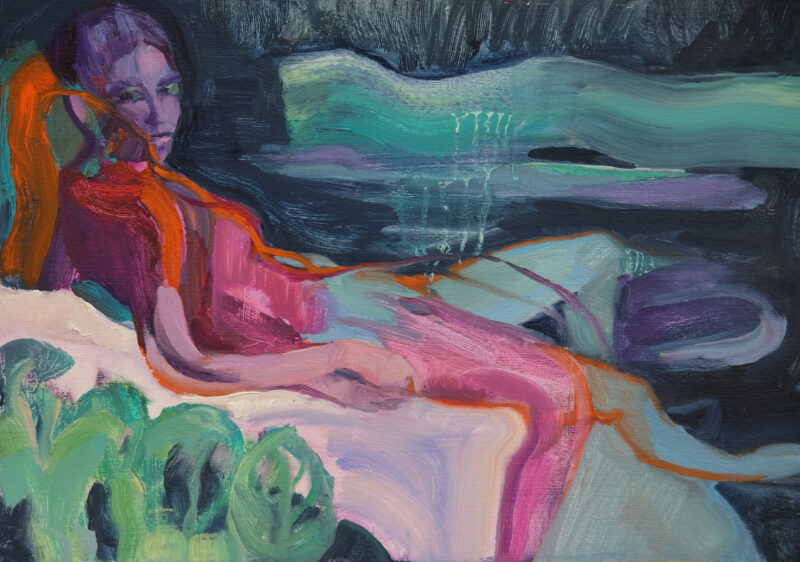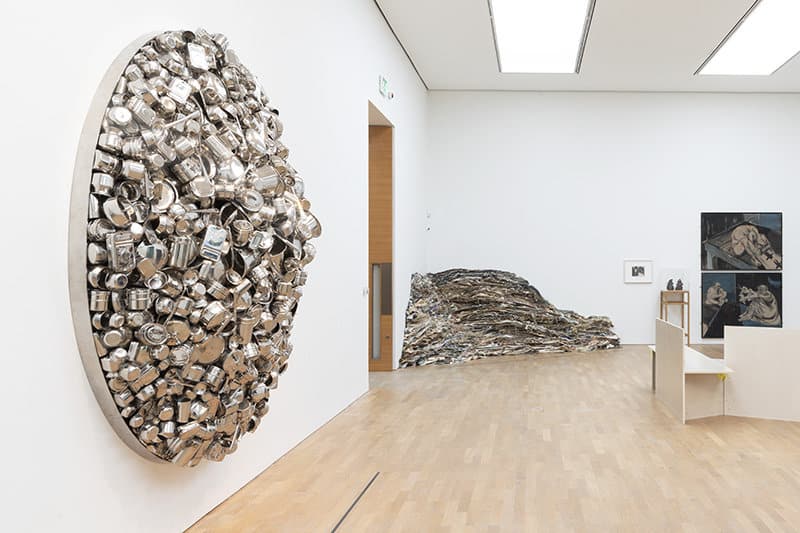Tabish Khan loves art and visits hundreds of exhibitions a year. But every now and then he comes across something in the art world that doesn’t meet his approval.
Blockchain is coming. Is Blockchain the future of art? Will the Blockchain make art disappear? These are all headlines around Blockchain and the art world. But what to make of it? Is it the coming revolution or just another flash in the pan?
Some of you may be thinking what the hell is Blockchain? It’s a complex concept and here’s a website that does a much better job of explaining it than I could. Essentially it’s a way of taking away the middle man in an exchange and it’s self-policing — e.g. I can pay someone £10 without there needing to be a bank in the middle making sure I honour my promise.
Blockchain got people’s attention firstly through Bitcoin and other cryptocurrencies, there have been proofs of concept in energy and now art is the new market seeming to embrace this new technology.
Blockchain or to give the more accurate broader term distributed ledger technologies (DLTs) has enormous potential but it’s worth noting it’s at the top of the hype cycle. The hype cycle accompanies all new technologies. First it bursts on the scene and everyone gets excited about its potential. Then this hype grows exponentially. Once the hype has peaked most people realise it’s actually some way off from delivering real outputs and the hype fades into a slump. Finally the technology gathers buzz once more when it starts delivering and gets back on the up.
Blockchain is at the top of the hype cycle and it’s likely to see a big slump in the near future. That doesn’t mean it’s going to disappear, just that the buzz will fade and then it’ll come back when it can deliver at scale.
It’s worth noting that finance is years ahead of art in dealing with Blockchain and it’s still years away from the day when I can pay for my shopping using a cryptocurrency.
But how is it actually going to change art? There have been some art sales using cryptocurrencies but those feel more like gimmicks to me to grab headlines. Given cryptocurrencies fluctuate wildly in price, much like art itself, it feels like a good fit only for the most speculative of art speculators. As cryptocurrencies are unregulated a cynical view would suggest buying art would be the perfect way to launder money.
There’s talk of verifying art as genuine and then saving it on the Blockchain, as then it’s immutable and not contestable. The Blockchain may not be contestable but the storage of authenticity isn’t the issue when verifying art, it’s the expert opinion that decides whether a work of art is fake or not that people tend to contest. Given a Blockchain is almost impossible to change, if the original verification is proven to be false then it will be a nightmare to unpick.
The only use of Blockchain that seems to work right now is artists creating artworks using Blockchain, such as the cryptokitties. This is a use of the technology I can get behind but then it’s just another medium for artists to use — like painting or virtual reality.
I’m cynical about whether Blockchain will deliver change to the art world. Time will tell but right now I’ve not seen anything that convinces me it’s going to change the art world significantly. For now I see it as a gimmicky buzzword, and will continue to view any Blockchain art news as such until proven otherwise.
For more in this series, see my thoughts on Finding art, Private views, Art itself, Appointment only exhibitions, Artificial Intelligence replacing artists, Everyone’s a Critic, Photo London, The Turner Prize, Art for art’s sake, Conceptual art is complicated, Condo, How performance art is presented in museums, Frieze week floozies, too much respect for an artist’s legacy, opinions not being welcome, an exhibition across three countries, tackling race and gender in art, artist-curators, art fair hype, top 5s and top 10s, our political art is terrible, gap left by Brian Sewell, how art never learned from the Simpsons, why artspeak won’t die, so-called reviews, bad reviews are bad for business, the $179m dollar headline, art fairs appealing to the masses, false opening hours, size matters and what’s wrong with video art.








